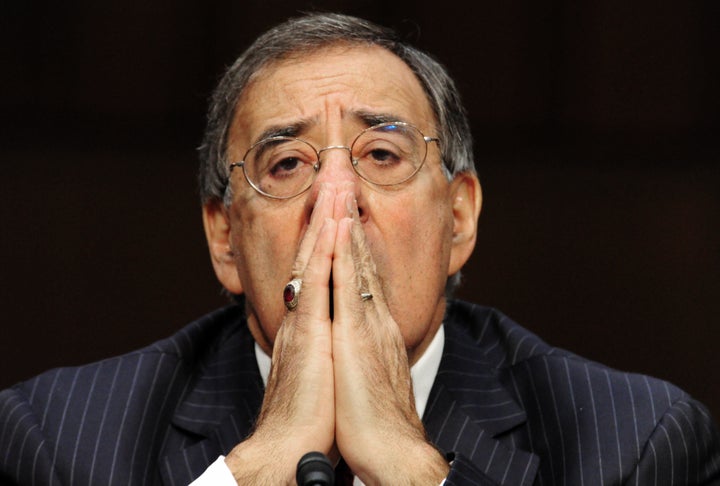
Addressing the American Israel Public Affairs Committee (AIPAC) on March 6, Secretary of Defense Leon Panetta said that, "No greater threat exists to the security of Israel and to the entire region [of the Middle East] -- and indeed the United States -- than a nuclear armed Iran."
If a nuclear-armed Iran is indeed the greatest threat we as a nation face, that is indeed good news. Even better: Our latest intelligence estimate suggests that Iran still doesn't have a nuclear weapon, nor is it clear whether its leaders have decided to build one. Iran also lacks a delivery system capable of striking the United States. Even if Iran decided to build a bomb and succeeded, any Iranian leader would be foolhardy in the extreme to threaten the United States, which still has thousands of nuclear warheads of its own -- and plenty of delivery systems.
Considering these facts, Panetta's claim that a nuclear-armed Iran is the greatest (potential) threat we face is not cause for alarm. It's cause for rejoicing. Peace dividend, anyone?
Just consider where we were with the Soviets 30 years ago and the very real threat of MAD (mutually assured destruction). Now there was an existential threat to the United States. If those nuclear-tipped ICBMs had ever flown, we'd have faced a nuclear catastrophe, perhaps even a planet-wide Armageddon. A nuclear-armed Iran is undesirable for many reasons, but it's a mere smoking gun compared to the mushroom cloud that haunted our collective imaginations during the Cold War.
The big fear generated about a nuclear-armed Iran is yet another example of threat inflation -- and it's a practice that's driving this country into the ground. And the bigger we imagine these "threats" to be, the more we respond by pursuing ever more militarized courses of action.
As a nation we've become much like frightened homeowners who keep buying more guns, installing more locks and fences and alarms and cameras, hiring more guards, all in the name of keeping our national house safe and secure. Meanwhile, as we peer nervously beyond our walls and borders, we ignore the furnace that is failing, the pipes and roof that are leaking, the foundation that is buckling.
Think here of the way we short-shrift our national infrastructure, whether it be our roads and bridges and the like. Think here of the way we worry about our children even as we under-invest in their education and welfare. Taking out what is the equivalent to a huge second mortgage (to the tune of three-quarters of a trillion dollars each year for "defense" and "homeland security") to buy newer guns is not the answer. Not when our furnace is still leaking, our foundation is still crumbling, and our children are still suffering.
Such is the perfidy of our threat inflation. We trick ourselves into investing far too much into weaponry and war. And the paranoia it breeds and feeds leads us to forget -- even to betray -- fundamental Constitutional principles and protections.
Managing the possibility of a nuclear-armed Iran is well within our means. It requires no inflated rhetoric -- and no new wars.
And while some may state that Panetta's (and Obama's) inflated rhetoric is calculated mainly to reassure Israel while appeasing AIPAC, it's remarkable how often rhetoric, however much inflated, becomes reality. If you doubt me, just ask the Iraqis about our futile quest for Saddam's (non-existent) WMD.
Professor Astore writes regularly for TomDispatch.com and can be reached at wjastore@gmail.com.
